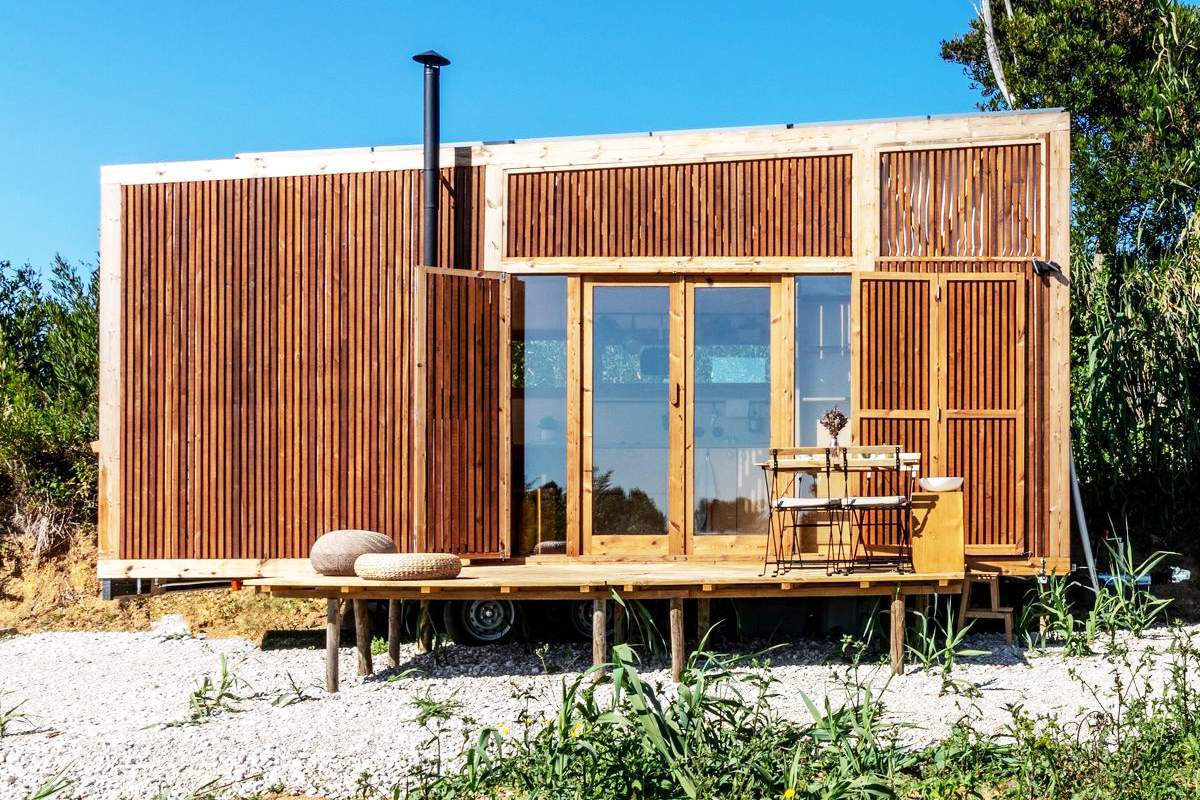
2080. The Camargue has disappeared under the water. Aigues-Mortes (Gard) and Narbonne (Aude) became ports again. Sete (Herault) was reduced to Mont-Saint-Clair, and the rest of the city was flooded. The pools of Mauguio, Méjean, Thau (Hérault), Sigean (Aude) and Leucate (Aude and Pyrénées-Orientales) are but memories. The Netherlands lost nearly half of its area, as did Denmark. The desert covers half of Spain, and the Portuguese forest is devoured by fire.
The disaster predicted nearly a century ago is here. The inhabitants of the regions opened by the seas fled. Some take refuge inside, and for the time being they are spared. Others are trying to reach lands that should be protected from rising waters for at least a few decades. Scotland and Norway are favorite destinations. The populations of Lyon and Grenoble doubled, as did those of Toulouse and Strasbourg, while Montpellier and Bordeaux lost nearly half their populations. These internal and international migrations cause tensions. An entire district in a sub-department in eastern France is protesting against the opening of a “reception center for internal refugees” that will take twelve families from Languedoc.
As for those who thought they had found refuge in Scandinavia, they must be disappointed. Denmark, which has been severely affected, and Norway, which has a high demand, withdraw from the Schengen Area for not adhering to the principle of free movement of persons. It is mobilizing its coast guard – whose numbers have grown exponentially – and is systematically turning back European migrants trying to land. Those who manage to reach the mainland are parked in “camps” specially set up for them, equipped with rudimentary equipment, from which they are forbidden to leave until the completion of the examination of their asylum application. In the event that asylum is refused – and this is the case with about 90% of applications – return to the country of origin is the norm, and appeals against this decision are not suspensive, except for health or “humanitarian” reasons.
Nobody is safe
This is because this new type of refugee does not fall under any of the statuses provided for in the 1951 Geneva Convention relating to the Status of Refugees, which only apply to people fleeing their country. “Because of their race, religion, membership of a particular social group, or their political opinions.”. That is why the governments of southern European countries, whether within the framework of the European Union or the United Nations, have asked to open negotiations with a view to drafting an agreement applicable to “climate refugees”. Without avail. Northern European countries and the Americas, as well as some African countries, are staunchly opposed to it, fearing the influence of the “air current” and the “invasion of immigrants”.
You have 39.09% of this article left to read. The following is for subscribers only.






